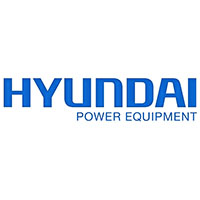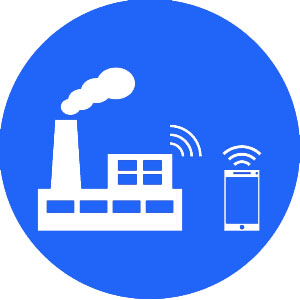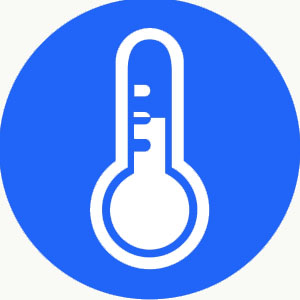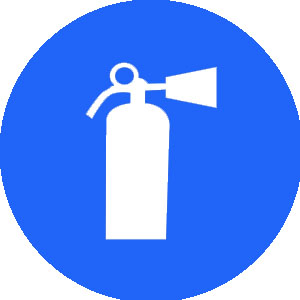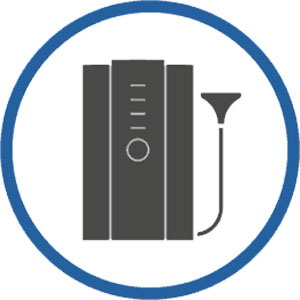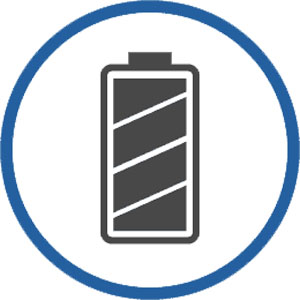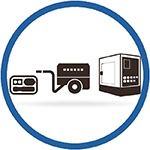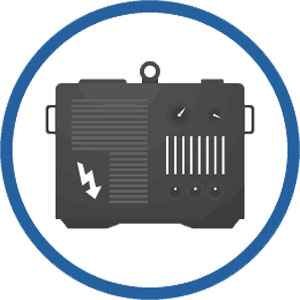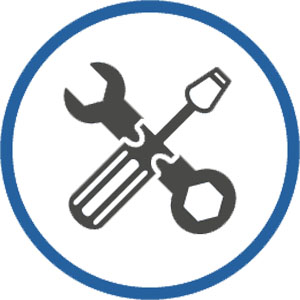UPS Systems plc - Frequently Asked Questions (FAQ) Part 2
UPS Systems plc - Frequently Asked Questions (FAQ) Part 2
After the popularity of the previous FAQ, here are some more frequently asked questions. You can find Part 1 here.
1. Can I support an Air-Conditioning unit on a UPS?
Air-Conditioning can be considered as a “dirty” load due to continual switching causing voltage and current spikes and surges. The UPS (Uninterruptible Power Supply) module can cater for a certain level of overload for a small duration, however, the duration and level of current surges typically associated with A/C units is far greater than the UPS’ capability. Therefore it is advised not to support the AC on a UPS and supply this element with a generator only if possible. If there is no option but to support the AC using a UPS, it is normal to oversize the inverter by 4-5 times to ensure that the unit will cater for this more demanding load and eliminate any risk to the critical load. Another sensible approach to reducing any risk is to the critical load is to have a separate dedicated UPS for the A/C requirement.
2. How many types of UPS (Uninterruptible Power Supplies) exist?
There are three types of UPS: off-line, line-interactive and double conversion on-line.
- Off-line UPS: This type of equipment does not keep either the voltage or the frequency constant in its outlet, which will be the responsibility of the inlet network.
- Line-interactive UPS: This type of equipment keeps the voltage constant at the outlet, but is not capable of keeping the frequency constant, which will depend on the inlet.
- Double conversion on-line UPS: This type of UPS is the one used in professional solutions and particularly for a data centre. A UPS with these characteristics is capable of keeping the voltage and frequency constant in its outlet, independently of the inlet (always within a limited variability range).
3. What do I need to know to correctly size a UPS (Uninterruptible Power Supply)?
To correctly size a UPS, you need to know the following:
- Does the UPS system need to be single-phase or three-phase?
- What will the total load be in watts of amps?
- What autonomy is required? (How much battery backup time is needed?)
- What will the UPS support?
- Do they need the UPS system to be floor standing or rack mount system?
4. What is the most commonly used diesel generator?
The diesel generator you require very much depends on the application, the load, the runtime and several other factors, it is best to discuss it with an expert before you order. That being said, the most commonly supplied diesel generators are a 100kVA generator, 80kVA generator and a 60kVA generator.
5. Will my UPS (Uninterruptible Power Supply) last 24 hours?
The most common misconception about UPS (Uninterruptible Power Supply) runtime is that it can last for 24 hours or even longer. Unfortunately, without excessive cost and space, this is impossible. Currently, UPS systems are only suitable for a short power cut solution. This means it is best used to allow for a safe shut down of equipment in the event of a power cut or as a stop-gap, to keep the power running while a long term solution starts up (like a diesel generator.) To run for 24 hours, you would need lots of batteries to store the required power. These would not only take up a lot of space but would probably cost more than a longer-term solution, like a diesel generator.
6. How does a UPS (Uninterruptible Power Supply) system work?
A UPS (Uninterruptible Power Supply) works by being connected between the mains and the load. The internal UPS batteries are charged while the mains is on. When the mains fails, the UPS (Uninterruptible Power Supply) switches the load over to the batteries, with no noticeable drop in power.
7. Will a UPS (Uninterruptible Power Supply) work when it is laid on its side?
Like most electronic devices, a UPS system will work when it is laid on its side, however, as it not designed to be used this there it may have a few issues. To start with, the LCD display will be a lot harder to read, due to its un-standard orientation. In addition, it may not be able to cool its self efficiently due to fans facing the floor, etc. Ideally, you should never use a UPS system on its side. You can purchase tower/rack UPS (uninterruptible Power Supplies) which are designed to be used either as a tower (stood up) or insert into a server rack (on its side.) In this case, the LCD screen can be rotated and the fans are suitably located.
8. What is a UPS Bypass Switch?
UPS bypass switches are used to bypass the UPS (Uninterruptible Power Supply) normal operation, in cases of high inrush or fault conditions. This normally allows the UPS (Uninterruptible Power Supply) to be serviced or repaired while the load works normally.
9. How does temperature affect a UPS Battery?
One of the most important factors of UPS battery ageing and performance is the temperature. 20°C is the optimum UPS battery temperature. At 30°C the UPS battery design life halves. If the temperature around a battery set is not controlled, the UPS battery can fail resulting in a costly battery replacement, and invariably UPS (Uninterruptible Power Supply) downtime.
10. What is UPS battery impedance testing?
Impedance testing for UPS batteries is a proven way of preventing battery failure by identifying early signs of weakness or general deterioration in individual cells. Regular impedance testing, for example, every 6-to-12 months, enables you to build up a history of internal battery condition for every cell. This allows the history of a UPS battery to be stored, allowing any issues to be anticipated well in advance.
If you have any further question please contact us here.
UPS Systems plc offers a wide range of uninterruptible power supplies including those from Riello UPS, APC UPS and Eaton UPS as well as the UPS battery packs designed to go with them. We also offer various diesel generators including 60kva generator, 80kva generator and 100kva generator from a wide range of manufacturers including AKSA generator and Pramac generator.








